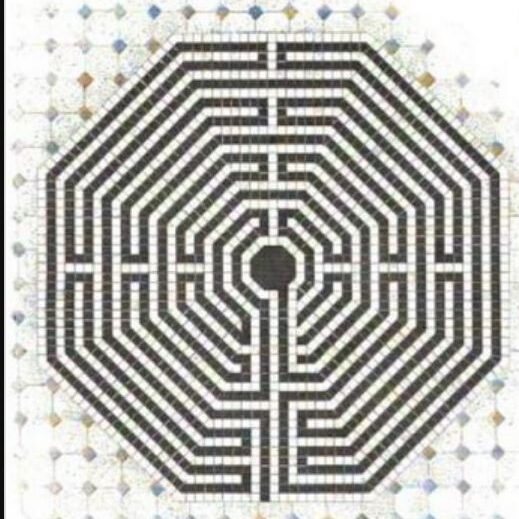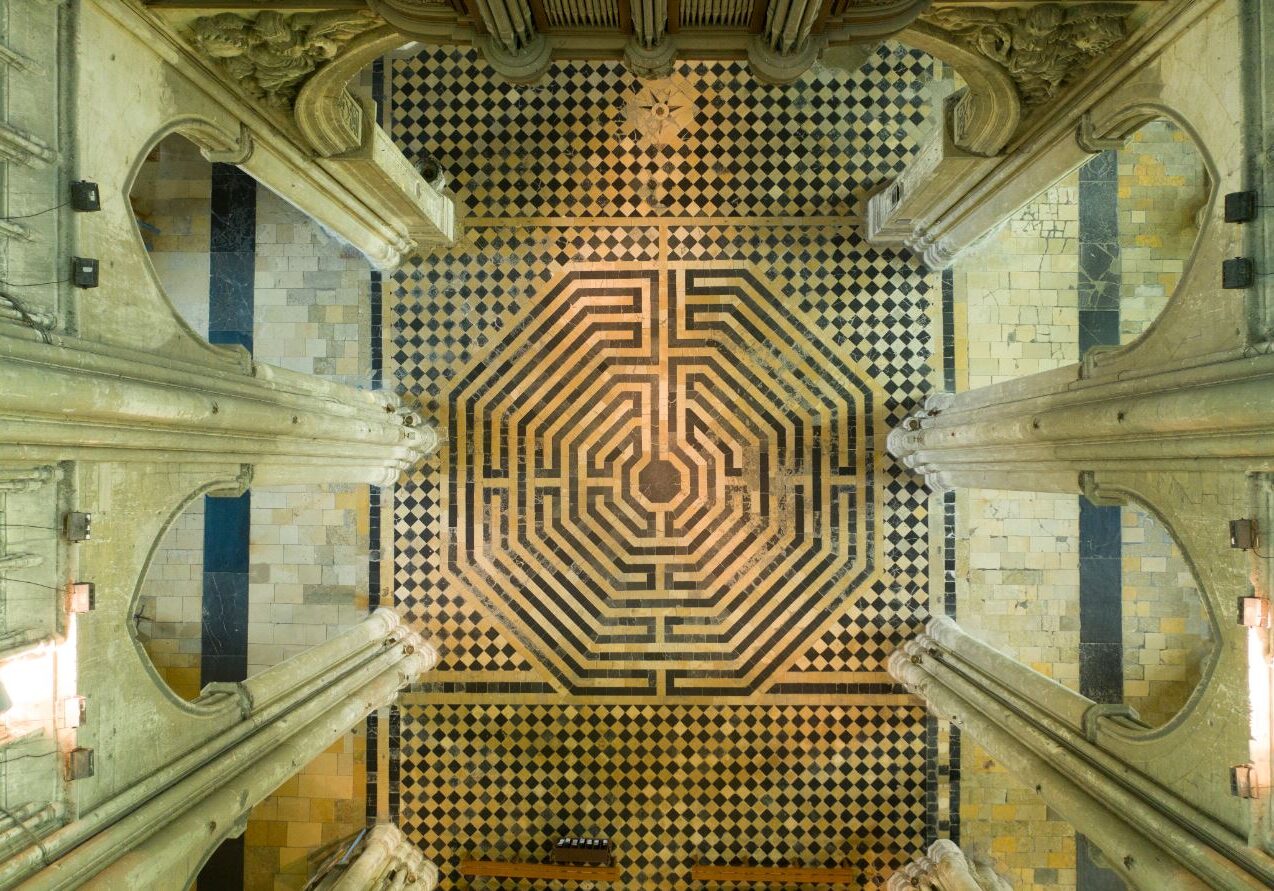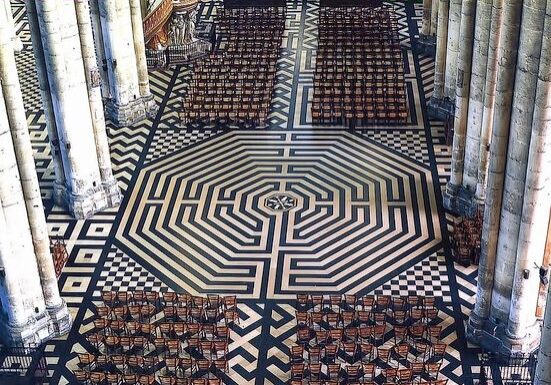
The Cosmos labyrinth
A favorite of many gardeners, Cosmos are sure to catch the eye of any visitor with its vibrant color, classic shape, and contrasting center! Coming in a variety of breathtaking colors, it does well in both full sun and partial shade. All that color makes Cosmos an excellent pollinator attractor, bringing in butterflies, bees, and other beneficial insects. Our selection of Cosmos is extensive, with many varieties available with, gradients including pure white, red, orange and dark pink.

History of labyrinths
Labyrinths are paths that lead to a center and back out again. They are different from mazes because there is only one way in and out. Labyrinths symbolize wholeness and the journey to the center and back out. Labyrinths have been used for meditation and prayer.
Labyrinths can be calming because they slow down the walker.
The first labyrinths were built in southern Europe about 4,000 years ago. Labyrinths are depicted on Greek pottery and Spanish petroglyphs. Labyrinths were found in medieval European cathedrals.




